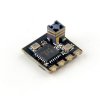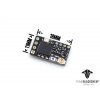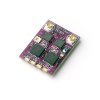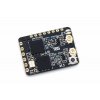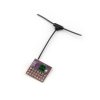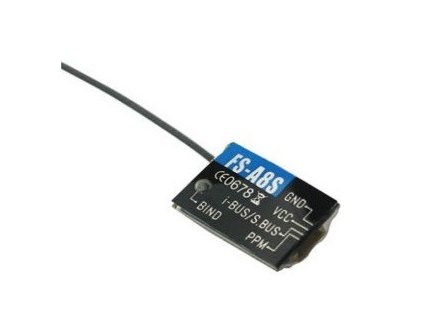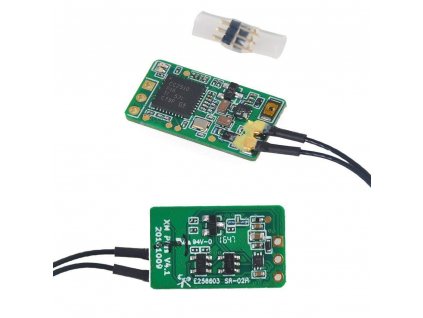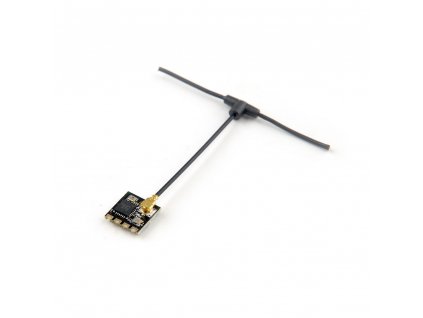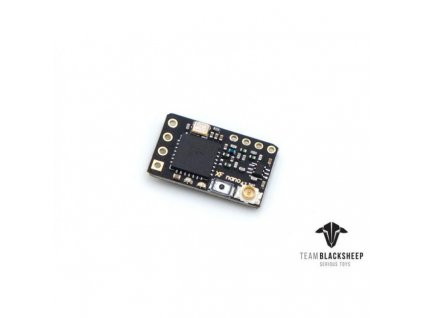RC recievers
Product sorting
Brands
List of products
Listing controls
A radio receiver is a device capable of receiving commands from a radio transmitter and interpreting the signal through a flight controller, where these commands are translated into specific actions that control the drone, airplane, or wing.
Radio receivers may have the following features:
- Telemetry: Sending data back to the transmitter.
- Diversity Functionality: Two receivers linked together, so if one loses connection, the other takes over.
- Easily Detachable Antennas: More convenient if antennas need to be replaced, often using connectors.
- Firmware Upgrade Capability
Radio communication protocols can be divided into two groups:
- TX Protocols: Between the radio transmitter and the radio receiver.
- RX Protocols: Between the radio receiver and the flight controller.
The receiver must be compatible with the transmitter, which typically means you need to purchase the same brand of Rx (receiver) and Tx (transmitter) to establish communication. However, some radio receivers can work with the same protocol even if they are not from the same brand. The frequency must also be the same for both Rx and Tx. For example, a 2.4 GHz transmitter can only work with a 2.4 GHz receiver.
Receiver antennas are typically either soldered onto the receiver or connected using a U.FL connector. They are made from coaxial cable, where the main conductor is separated from the "ground." Radio receivers usually have two antennas to ensure the best reception. The main conductor is the active element of the antenna that receives radio signals over a specific frequency. The length of the active element depends on the frequency and is exactly 1/4 wavelength for a particular frequency. For example, the wavelength for a 2.4 GHz transmission is 122 mm. One-quarter of this is 30.5 mm for the active element. Receivers typically come with two antennas for the 2.4 GHz frequency. To achieve the best signal reception, it is recommended to keep them at a 90-degree angle to each other when installed on a drone.

.jpg)
.jpg)
.png)

